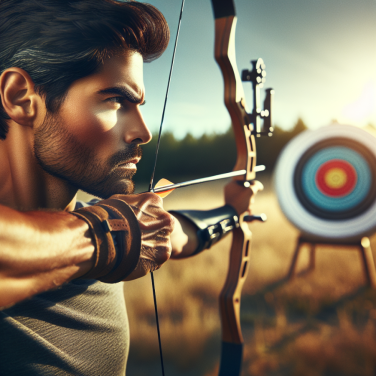Tracing the Roots of BMX: From Casual Pastime to Global Phenomenon
Whether they are active participants or avid spectators, many BMX enthusiasts might be unaware of the rich history and cultural influence of this exciting two-wheeled sport. For them, BMX is purely a high-octane thrill ride. Under this surface, however, lies an incredibly captivating story of humble beginnings, intense competition, and a global transformation.
BMX – Bicycle Motocross – started in the 1970s in Southern California, a place synonymous with youth culture, freedom, and innovation. Inspired by motocross, a popular motorsport at the time, children began to replicate stunts and tricks on their Schwinn Stingrays, lightweight bicycles perfect for rough-and-tumble dirt tracks. Tracks such as the Palms Park in Santa Monica quickly became stages where young riders tested their grit and agility, giving birth to the first generation of BMX daredevils.
As it happened with many American-born sports, BMX also found its way onto screens. The 1971 documentary "On Any Sunday" showed a segment on youth recreating motocross races on their bicycles. This Hollywood spotlight significantly accelerated the rise of BMX, promoting the sport and the emerging subculture around it to a national, and soon, a global audience.
Fast forward to the late 1970s, BMX began to mature and branch out. The competitive nature that drove the sport's early days led to formal racing and freestyle modalities. Freestyle BMX, in particular, evolved amid the brewing skateboarding culture, giving riders a platform to showcase their creativity, pushing the boundaries of what was achievable on a bicycle.
The 80s and 90s marked the BMX boom days, with specialized gear, professional leagues, and international tournaments. However, broader recognition of the sport came in 2008 when BMX made its grand debut at the Summer Olympics in Beijing. This debut served as a validation of the sport’s legitimacy, elevating BMX from an underground favorite to the world stage.
BMX's influence also permeated popular culture, with brands sprouting up around the sport, such as Vans and Fox Racing, transforming into multimillion-dollar enterprises. Alongside this, movies, video games, and music videos incorporated BMX aesthetics and ideals, firmly planting it in the mainstream consciousness.
In recent years, BMX has tackled new frontiers. Both competition and street riding have evolved dramatically thanks to innovative technology and rider skill development.
The Resounding Influence of BMX: Shaping Sports and Culture Worldwide
In the 1970s, a subgroup of the youthful and audacious population of America took their love for cycling to an unprecedented level by using their bicycles as a vehicle for extreme athleticism, a thrilling form of exercise, self-expression, and a medium of competition. Thus, the heart-thumping, adrenaline-inducing sport of BMX (Bicycle Motocross) was born. This sport proved not just a passing fad, but a groundbreaking wave that would shape sports and culture in a significant way, all across the globe.
BMX started as a humble, grassroots movement in Southern California, influenced by motocross racing. Young enthusiasts, unable to afford motocross bikes, began replicating the stunts and jumps they saw on much cheaper bicycles, thereby laying the foundation for what would become BMX. As these antics grew more daring and more impressive, the act caught attention far and wide, growing from occasional neighborhood races to state-level competitions, to a recognized and respected sport.
The influence of BMX transcends sports and has a massive impact on culture and society. Renowned as a daredevil version of cycling, it offers an alternative to traditional team sports. It requires individual skill, nerve, and a strong, independent spirit. These attributes resonate with young people around the world, cementing its popularity and inspiring a generation of agile, fearless cyclists.
Moreover, BMX has added substantial intensity and thrill to the world of competitive sports. Stunts, speed, and the challenging technical aspects of the sport keep audiences on their toes, and the unpredictability fuels their excitement. One cannot underestimate the influence that BMX has given to the X Games. What began as a fringe activity has now become an integral part of this renowned sporting event, earning it dedicated primetime slots on ESPN and other sports networks. Notably, BMX Freestyle's inclusion in the 2020 Tokyo Olympics solidified the sport's standing on the international stage.
BMX’s impact is also felt in popular culture, particularly in fashion and music. It birthed a specific style characterized by loose tees, baggy pants, and sold-out sneaker releases which has become a staple in street fashion. Many pop-culture icons, including Pharrell Williams and Justin Bieber, have publicly showcased their BMX bikes, further propelling its image into the mainstream.




